It’s highly recommended to watch this educational video before going to Avatar 2. This IMAX vs. Standard screening comparison shows the extra real estate you get when watching a film in an IMAX theater.
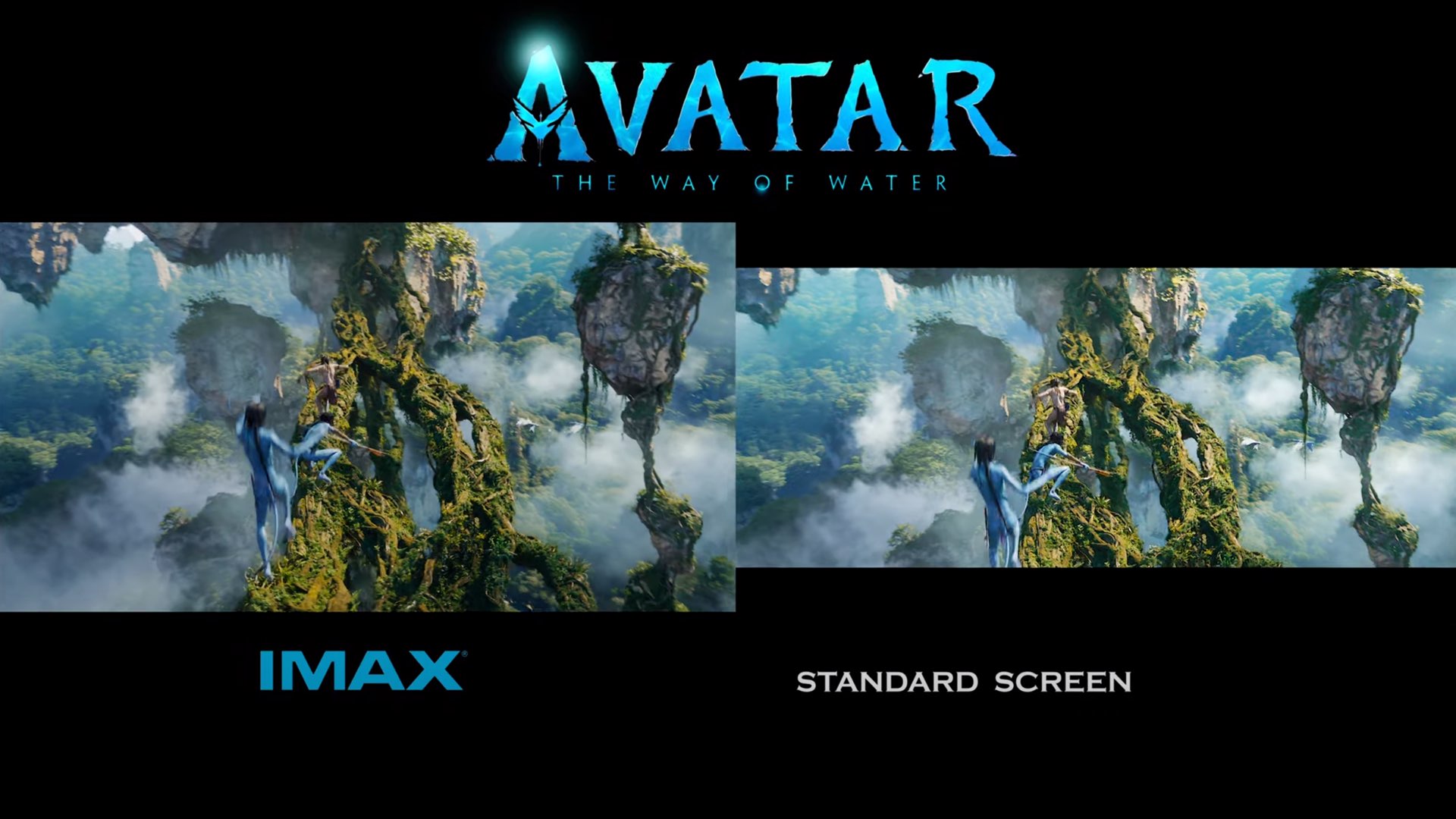
IMAX: “26% more picture” – 1.43:1 or 1.90:1
Most movies are typically presented in a widescreen format. The shape of the screen is usually written as a ratio of the width of the screen versus the length (thus, “aspect ratio”). The ‘cinematic’ film format has a ratio of 2.39:1, meaning the screen is 2.39 times as wide as it is tall. However, IMAX (“Maximum Image”) brags about its expanded aspect ratio which is 1:90:1. IMAX’s most familiar marketing slogan states that this ratio offers up to 26% more picture for selected sequences – meaning more of the action is visible on screen. Indeed, IMAX movie screens are known for their unique and tall aspect ratio, which is usually 1.43:1 (mainly on IMAX film projectors) or 1.90:1. These screens also feature steeper stadium seating location in the theater hall, which lead to a better audio experience. For instance, check out this IMAX dedicated trailer for Avatar 2 The Way Of Water: This Video Compares IMAX Screen Vs Standard Screen Version in 4K ULTRA HD Quality:
Furthermore, check out this cool slide titled Avatar: The Way of Water – Format Guide V3.0. Almost all the formats are been demonstrated, since Avatar 2 will be screened in multiple format so you can pick your desired screening option. Nevertheless, IMAX is preferred.
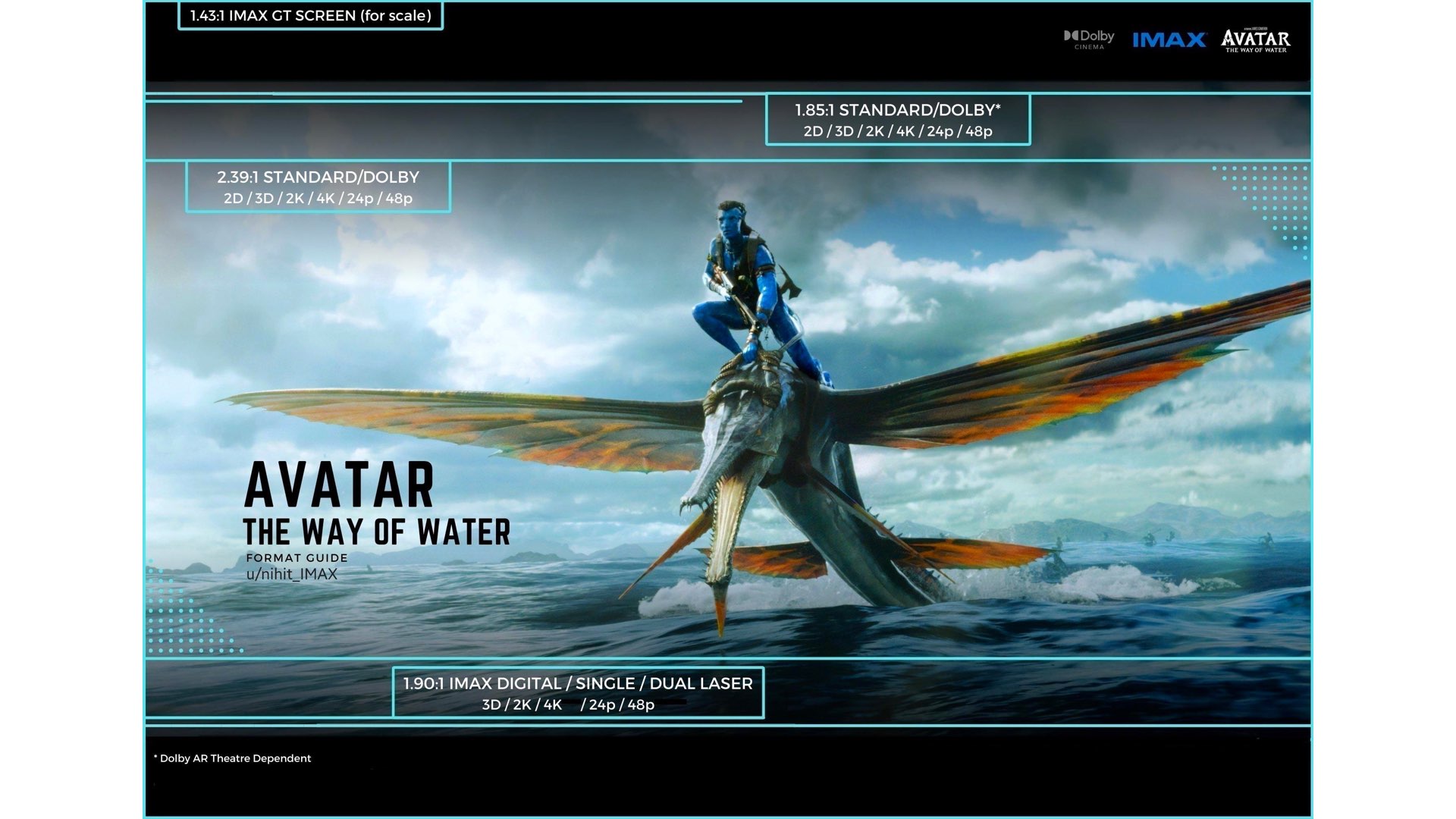
IMAX vs. Standard Screening
The video below is one of the best and most convincing demonstrations that show the advantages of IMAX versus standard screening regarding the acclaimed DUNE movie. It’s worth mentioning that DUNE was not shot on an IMAX film camera, but on IMAX-certified cameras (ARRI ALEXA LF, and Mini LF). Thus, this comparison is very relevant to Avatar 2 as well. Take a look at DUNE IMAX scenes in the full aspect ratio as it’s compared side-by-side with the standard version to see the differences:
Closing thoughts
As mentioned, Avatar 2 was shot on IMAX Certified cameras (“Filmed for IMAX” program) which is the Sony VENICE 3D (adapted for 3D capturing even in the underwater sequences). Therefore, expect the same aspect ratio implications and advantages as DUNE (see above). Moreover, since Avatar 2 was shot on specialized underwater cinematographic methodologies, it’s highly recommended to watch it on IMAX 3D, and not less than that. Enjoy!


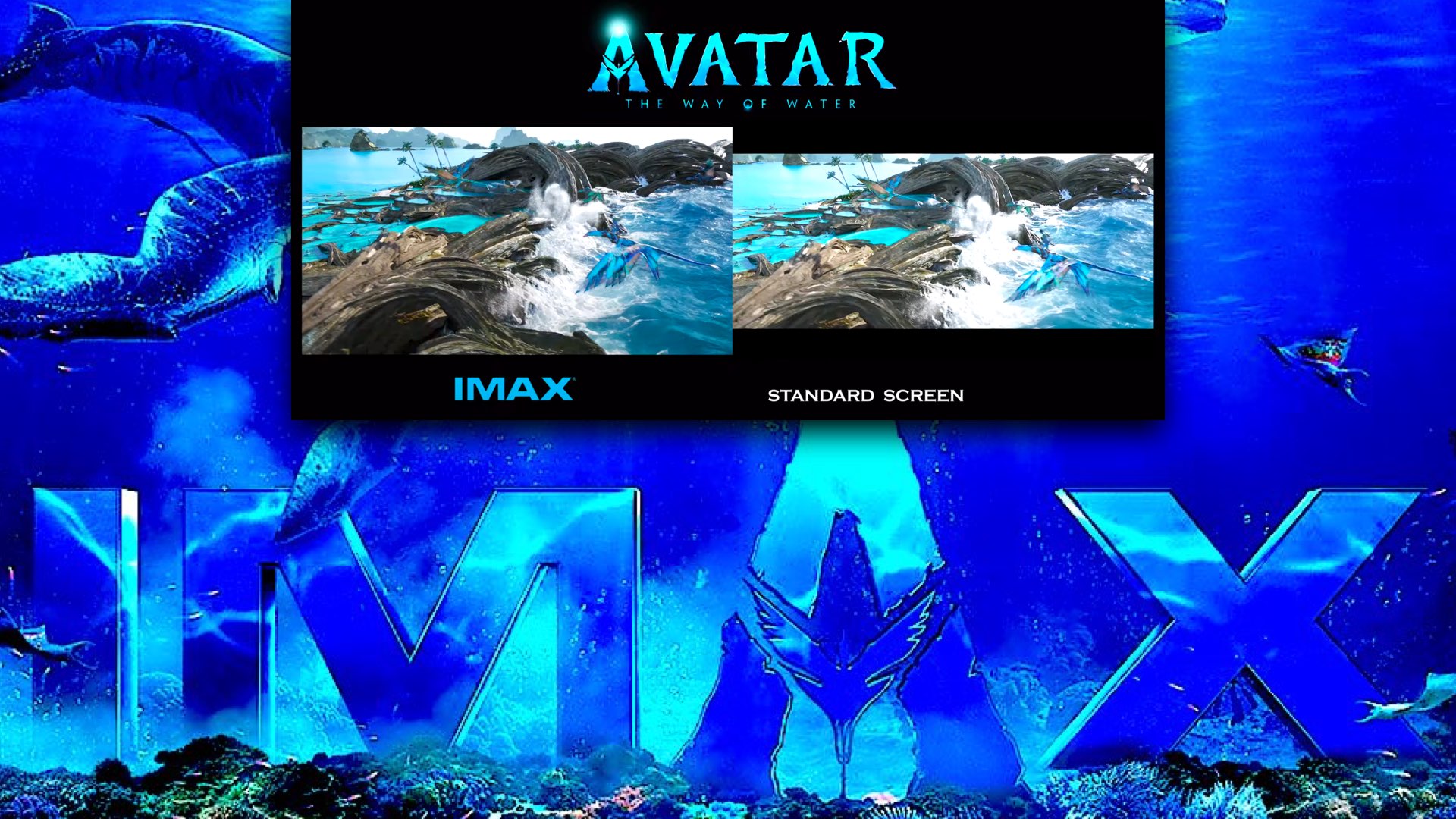



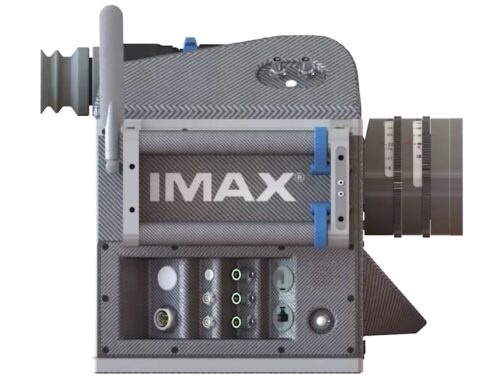

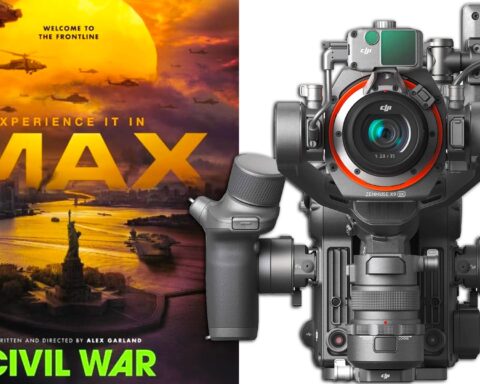

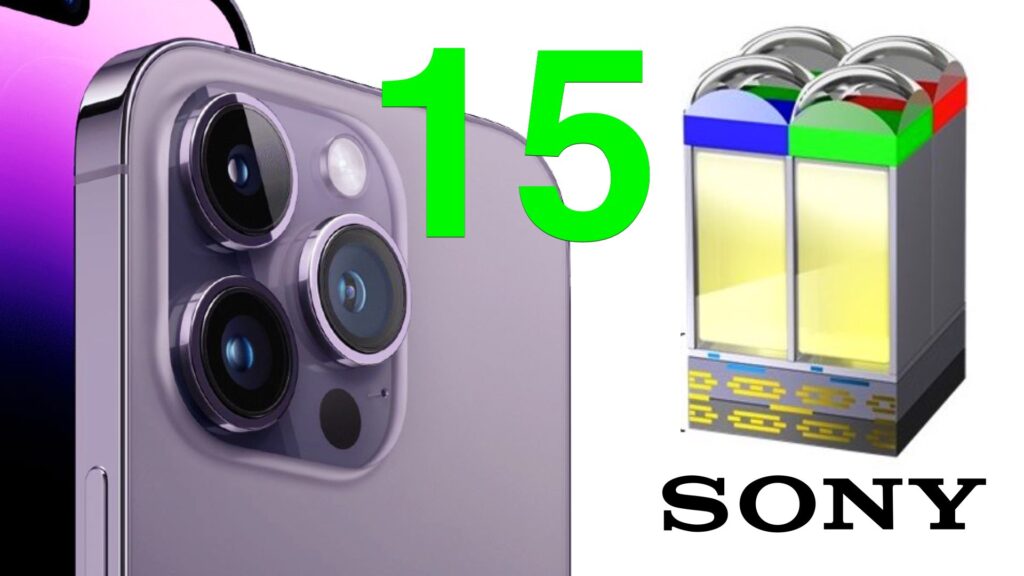
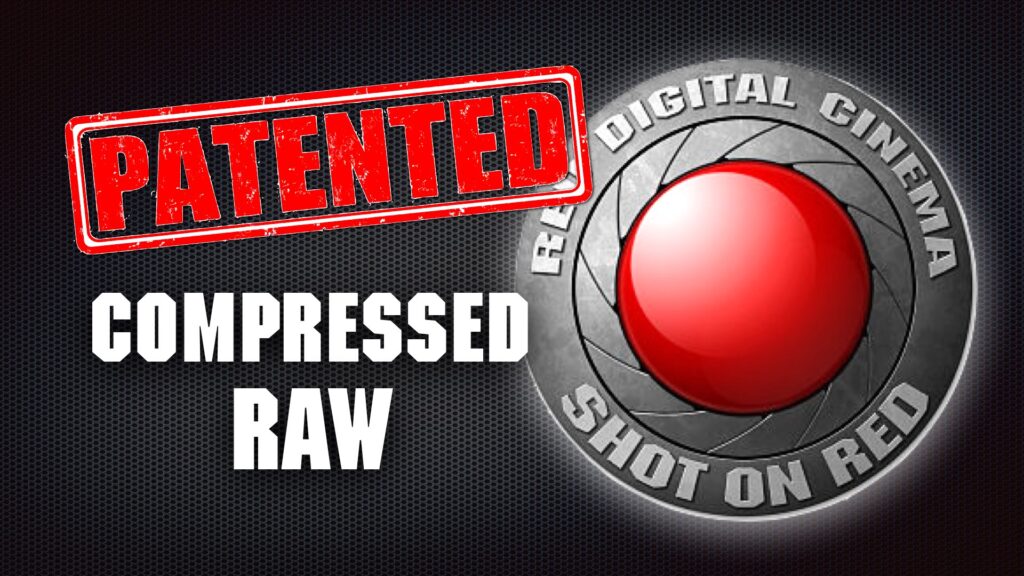
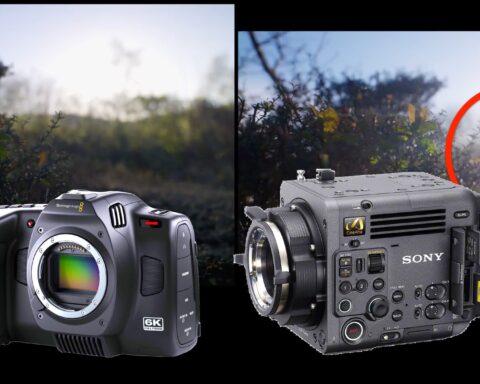
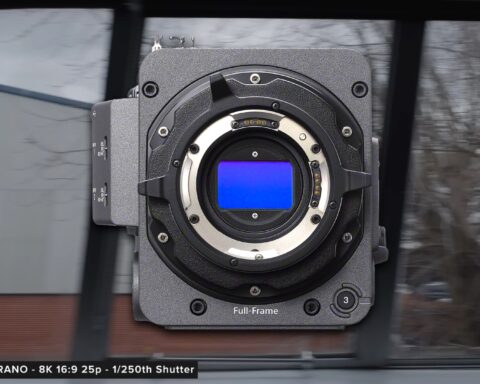
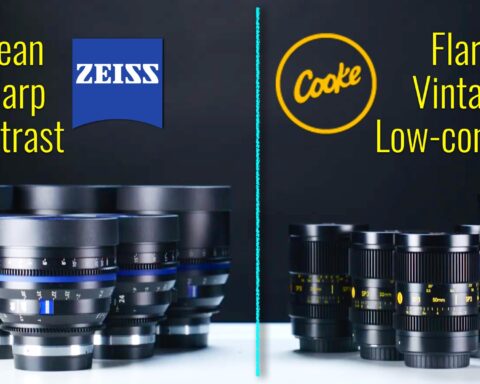
![RED V-Raptor OG vs. [X] vs. ARRI ALEXA 35: Dynamic Range Insights](https://u7s8g8p6.rocketcdn.me/wp-content/uploads/2024/02/red-v-raptor-x-arri-alexa-35-480x384.jpeg)
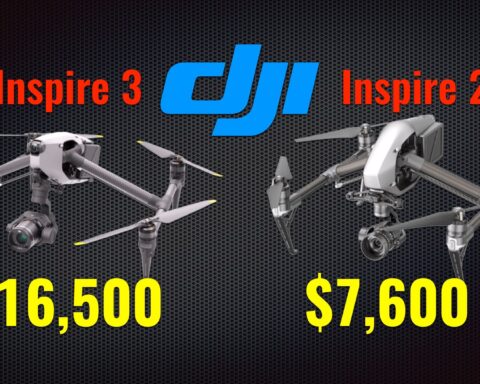


This comparison reflects the two systems, not the aspect ratios. The original could have been shown on an old 4:3 TV set and the lost height would not be as severe (1.43 vs 1.33). What causes the lost height is the choice to retain the magnification (same width) in spite of smaller vertical dimension. We viewers need to know the aspect of the original video production (“filming”) and find the display (theater or home monitor) that most closely matches it. The 3D characteristic, unfortunately, was not shown in these instructional videos. Perhaps the next movie trailers could be available in 3D?
Rick, yes aspect ratio is very important, not just the screen size. James Cameron complained during the first Avatar that his film was shot in 1.85 (from memory) and then the sides were lopped off for it to be blown up to fit the 1.43 Imax screen, so I skipped seeing it in Imax vowed to see his new one in a nice wide screen in 3-D.
Now I see that I missed out on seeing Dune in Imax and nearly missed out on seeing Avatar 2 in Imax as well. Many audience members don’t really care about all this “aspect ratio mumbo jumbo”, but some of us do, and the filmmakers and exhibitors should make sure all of these differences are made clear.
I was impressed with imax